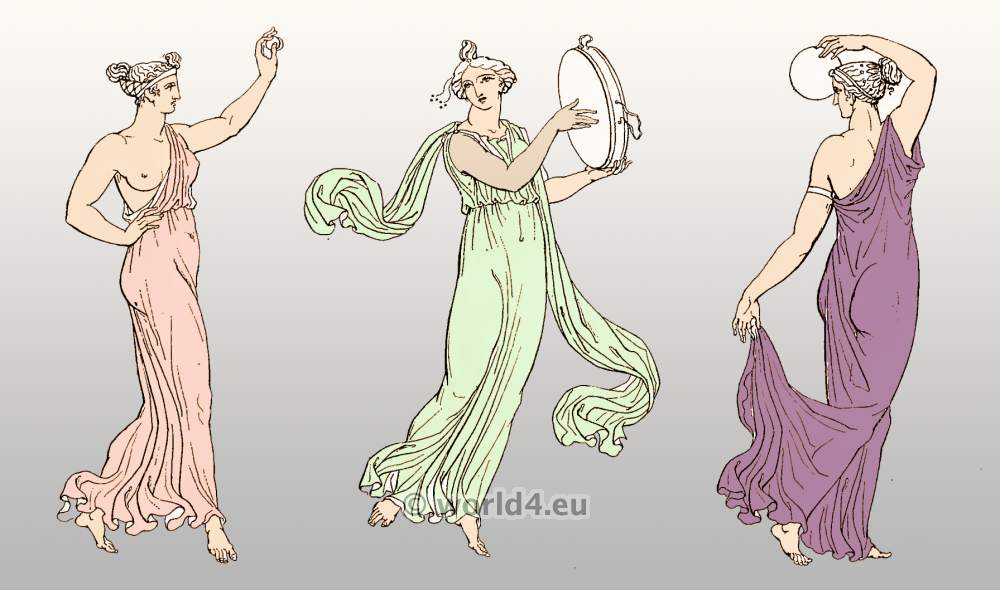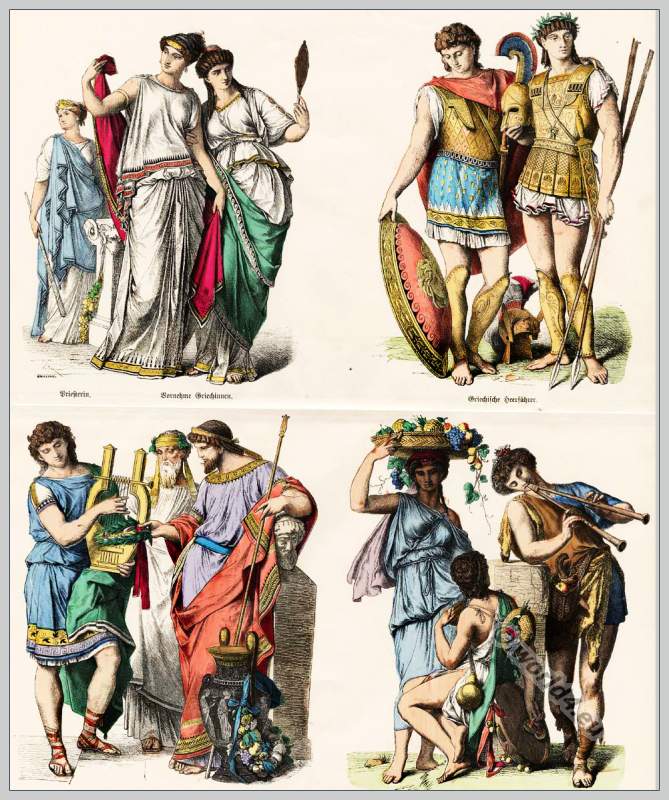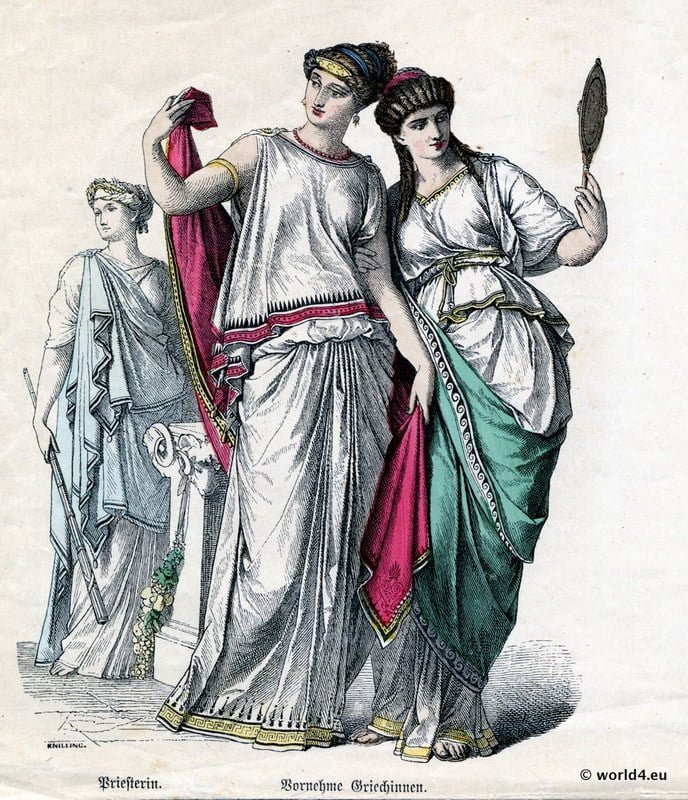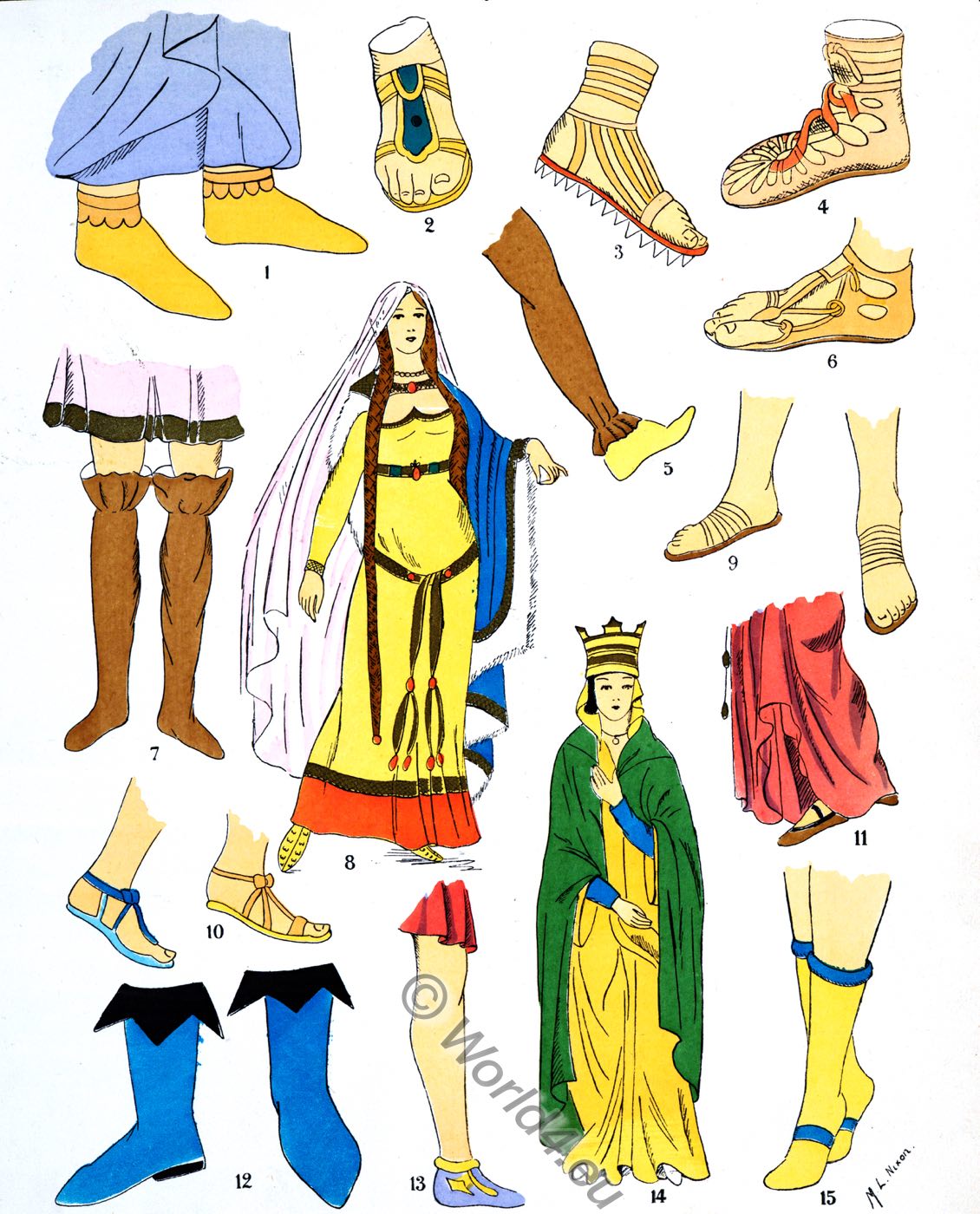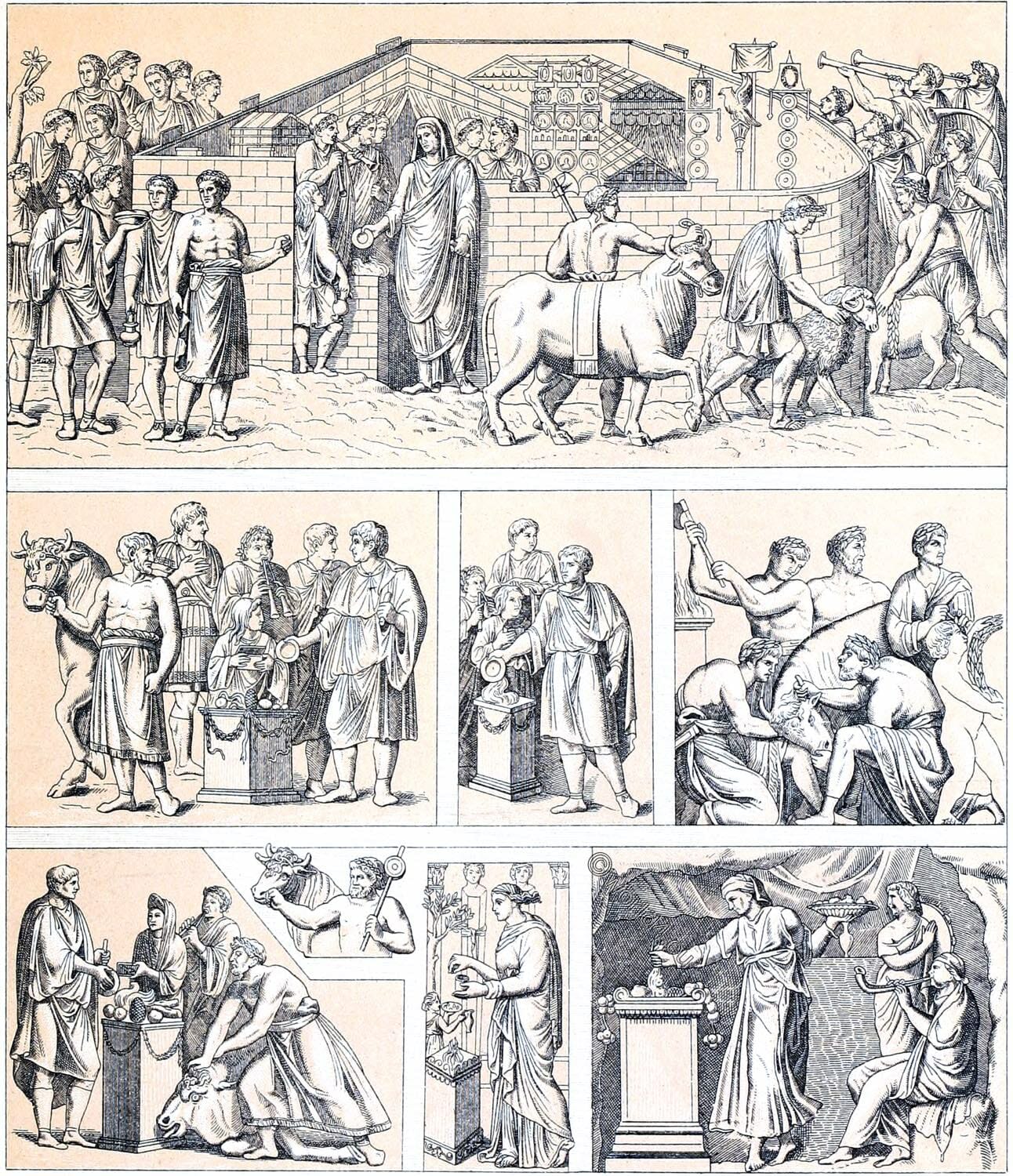Mycenae was one of the most important cities in Greece in pre-classical times, and the Mycenaean culture was named after it. The city was situated north of the plain of Argos on a hill. From here, the land route between the southern Peloponnese and the Isthmus of Corinth, which connects the Peloponnesian peninsula with the rest of the mainland, first with Attica and Boeotia, was overlooked and controlled.
Mycenae experienced its greatest flowering in the 14th and 13th centuries B.C. The city remained continuously inhabited until the 5th century.
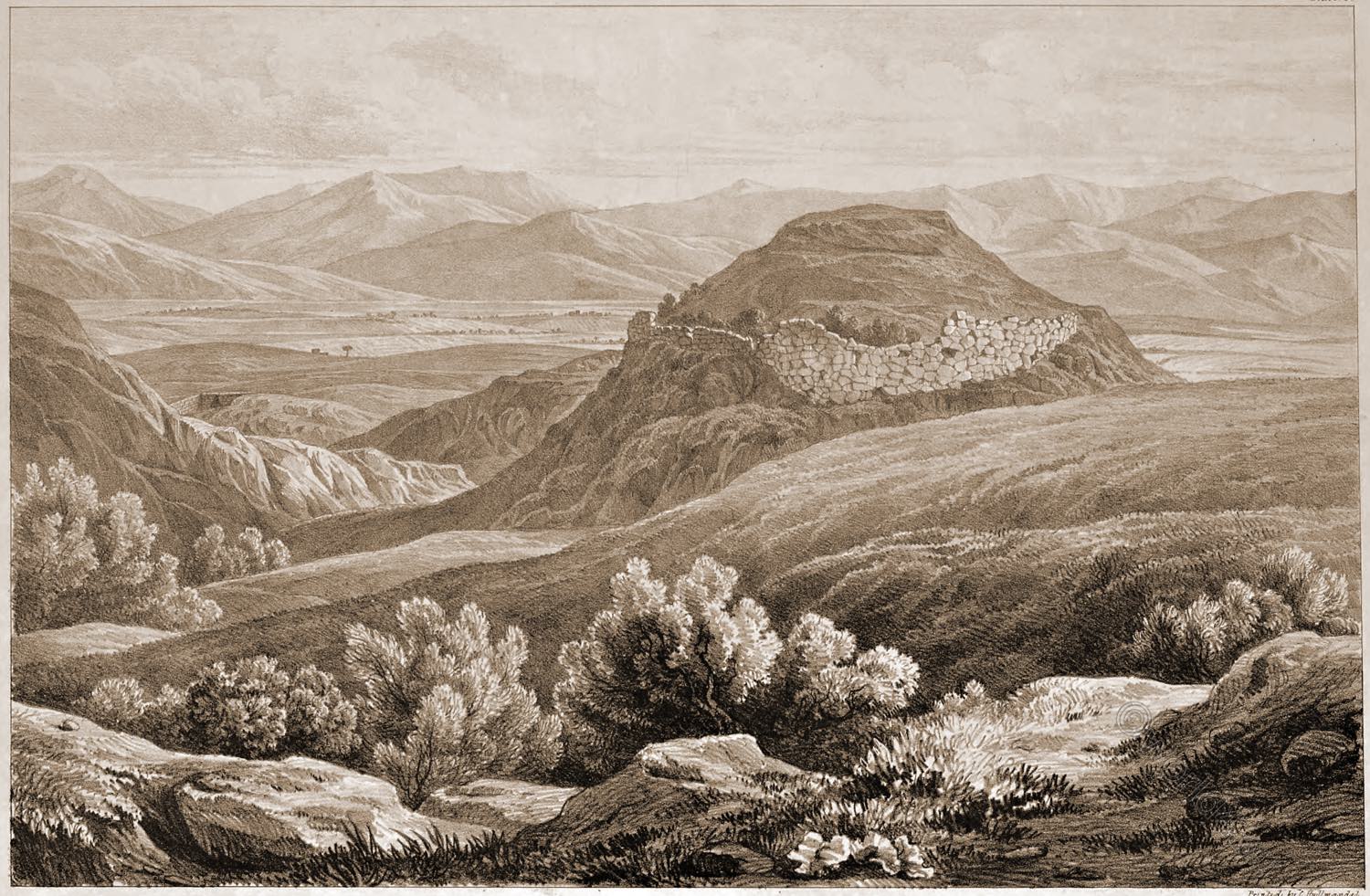
No. V.
ACROPOLIS OF MYCENAE
by Edward Dodwell.
It was a received opinion among the Greeks that Mycenae was founded by Perseus, the brother of Praetos, and that it derived its appellation either from the pommel of a sword, or from a mushroom (mykēs μύκης), under which a spring of water was discovered. Others imagined it was founded by and took its name from Myceneos, son of Sparton, and grandson of Phoroneus. The walls were said to have been erected by the Cyclopians, who raised the walls of Tiryns.
The city was destroyed by the Argians, about four hundred and sixty-eight years before Christ; but the strength of the walls defied their powers of demolition. It is not often that the works of man are found to oppose such invincible obstacles to the devastating propensities of his species. The account which has been here given of this singular place is copied from the Topography of Pausanias, by whom it was visited in the second century, and since that period it has not probably experienced any material alteration.
The present View represents the south-east side of the acropolis, the form of which bears an affinity to that of a mushroom, to which conjecture has traced the etymology of its name. When the walls were entire, the acropolis had, according to Nonnus, the appearance of a mural crown. The Cyclopian walls of Mycenae are mentioned by several ancient authors besides Pausanias, such as Euripides. Seneca, Hesychius, Nonnus, and the scholiast Euripides.
Strabo says that in his time not even a vestige of Mycenae could be found; but Pausanias, who travelled long after the geographer, has left a description of the same ruins that exist at the present day.
The acropolis of Mycenae is of small dimensions; far beyond it, the city spread itself towards the plain. The walls which remain are of the rough style, and of the more improved construction, composed of hewn and well compacted polygons. This characterizes the second style of Cyclopian masonry: of the more primitive style few remains are observable at Mycenae.
The left side of the View exhibits the entrance to the Treasury of Atreus, beyond which is the plain of Argos, and the lofty chain of mountains that forms its western boundary.
Source: Views and descriptions of Cyclopian, or, Pelasgic remains, in Greece and Italy: with constructions of a later period: from drawings by the late Edward Dodwell … intended as a supplement to his Classical and topographical tour in Greece during the years 1801, 1805, and 1806 by Edward Dodwell (1767-1832). London: Adolphus Richter, 1834).
Continuing

